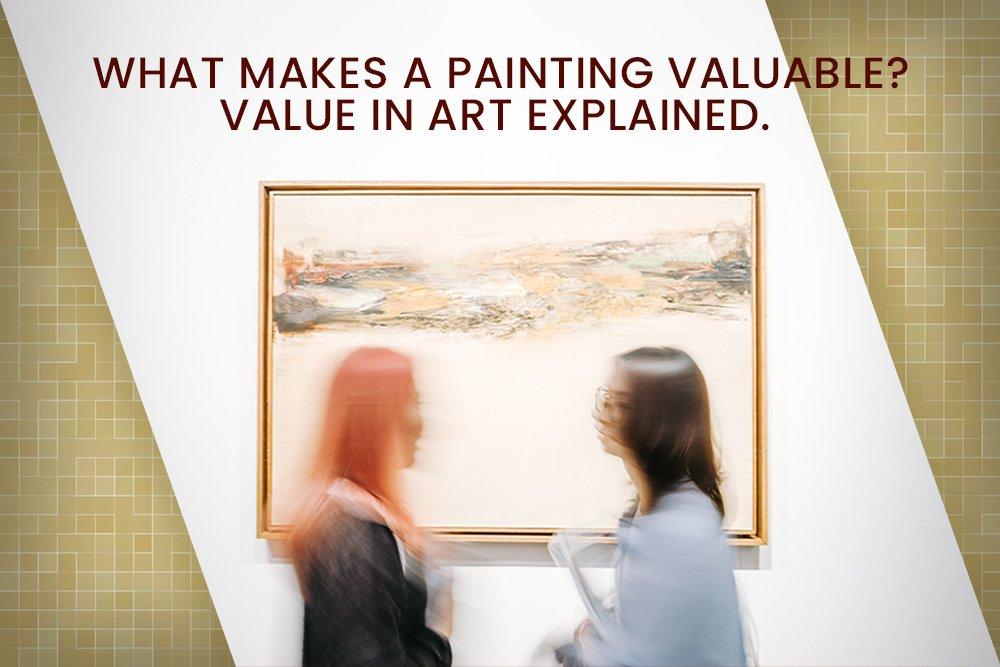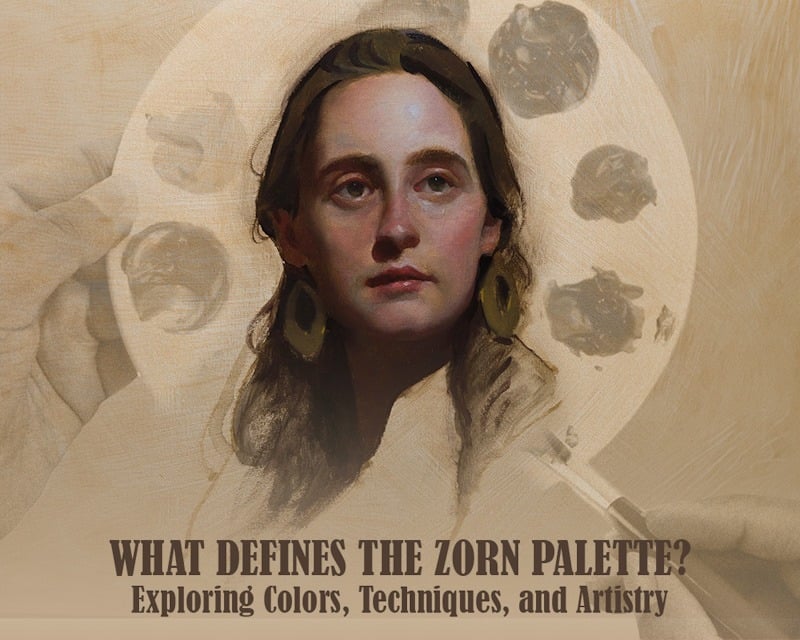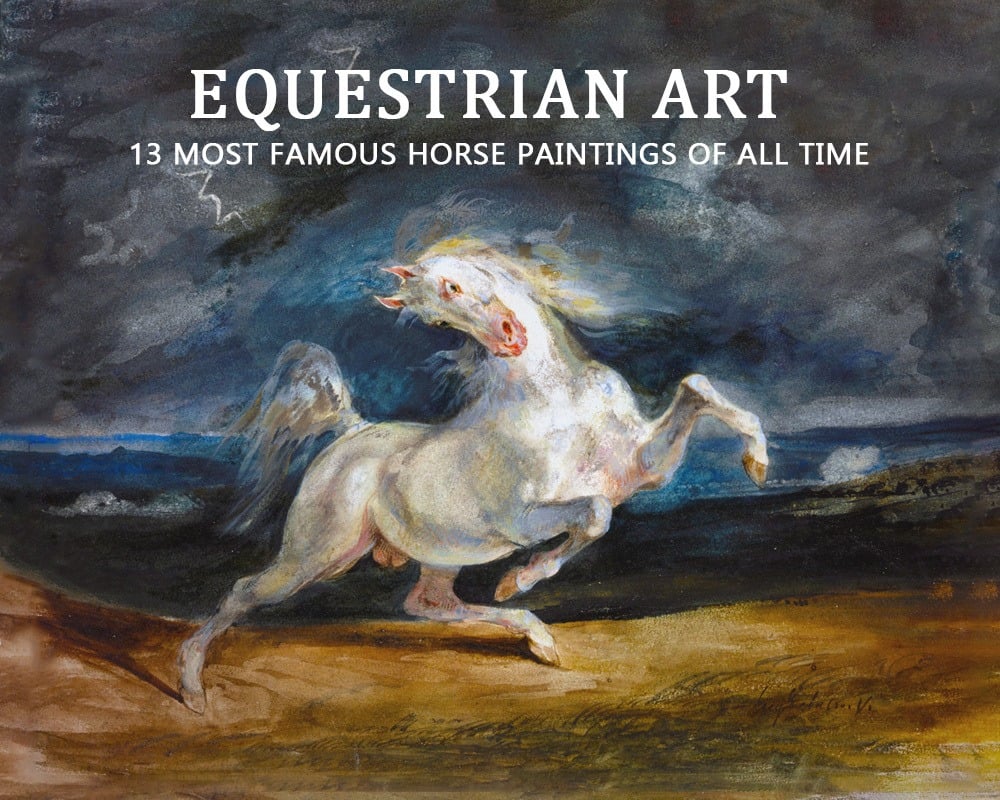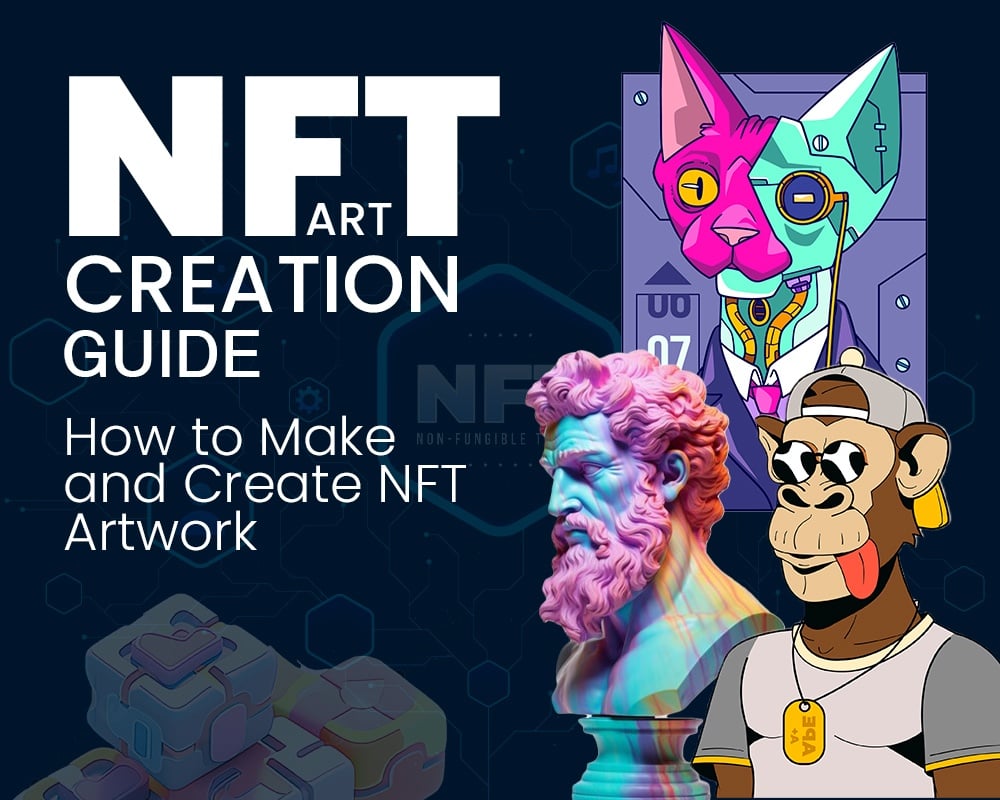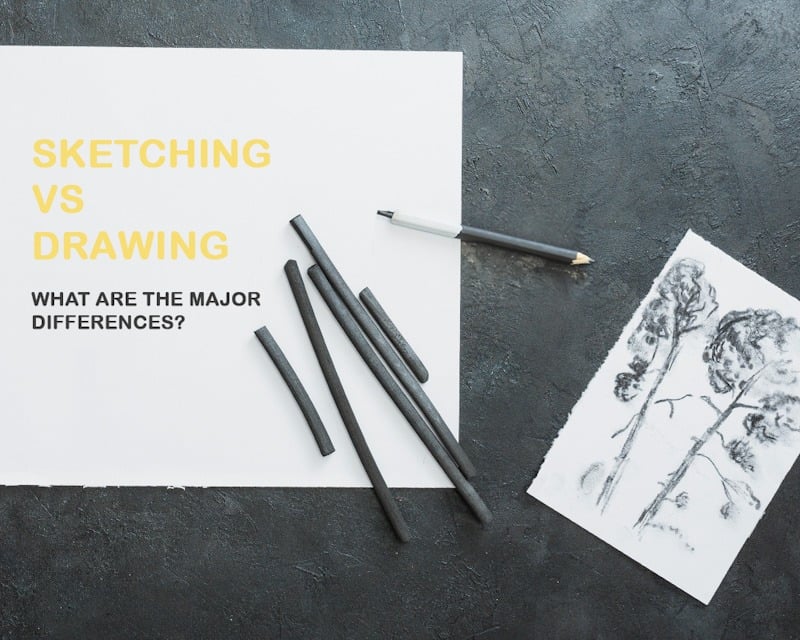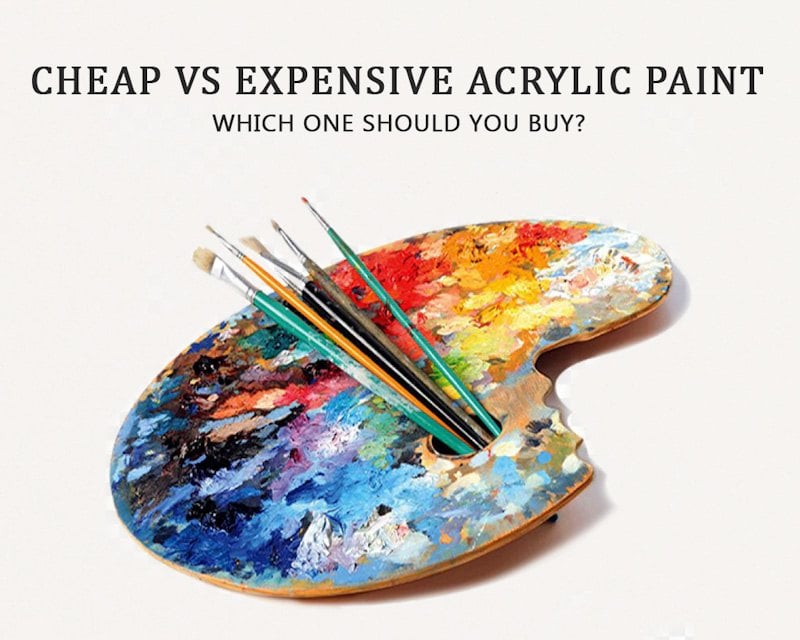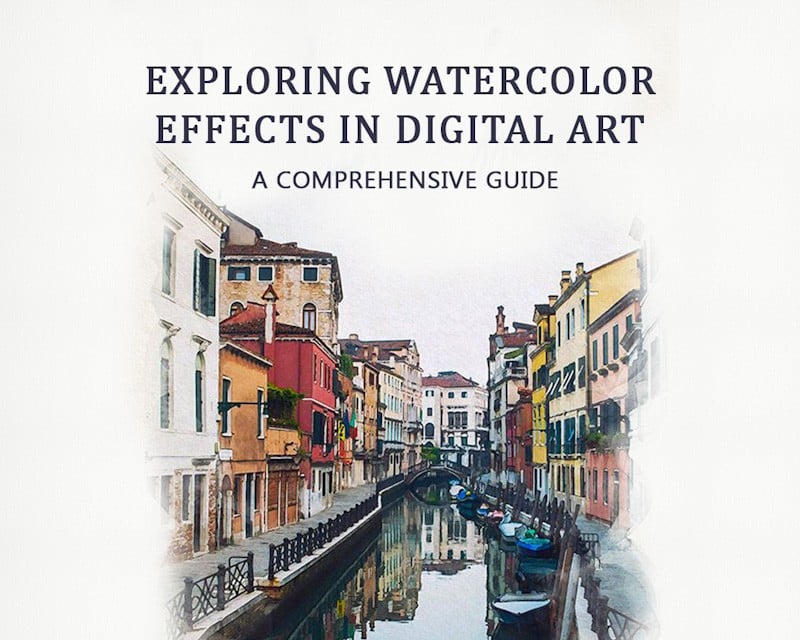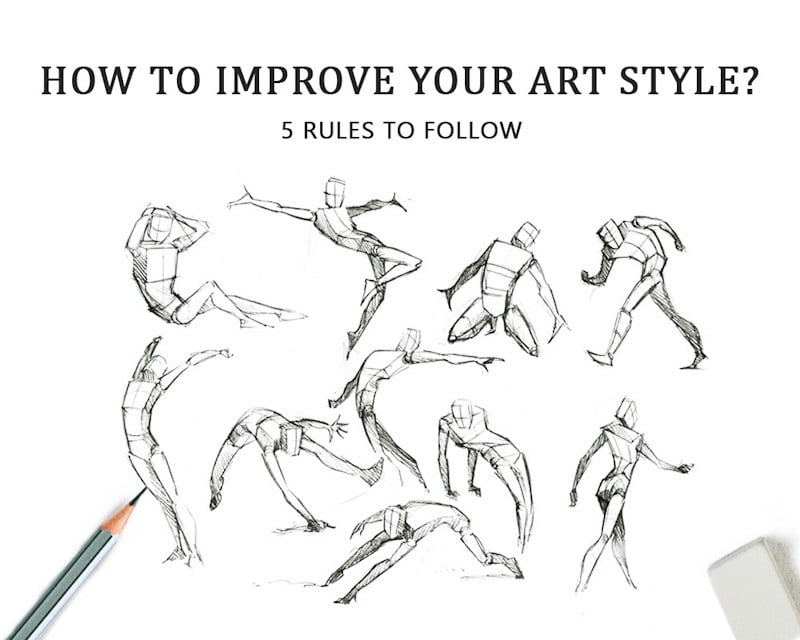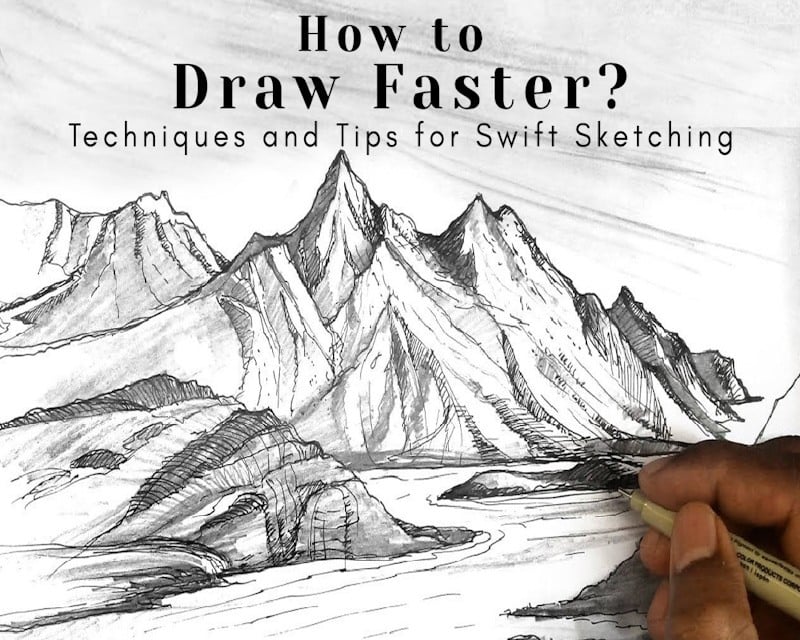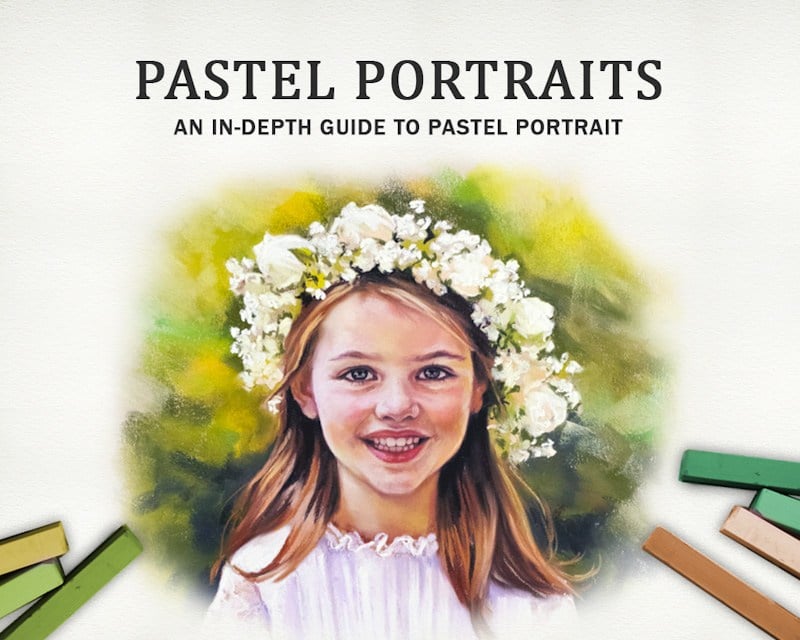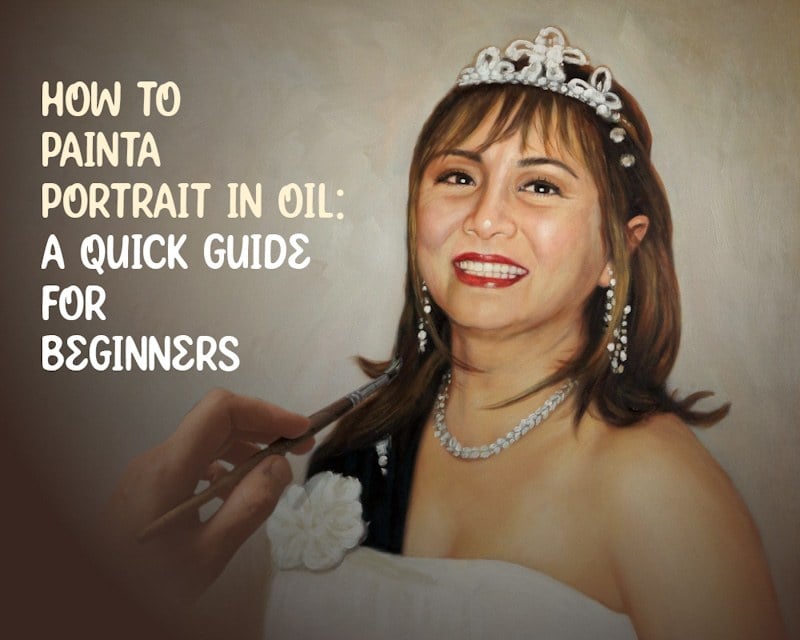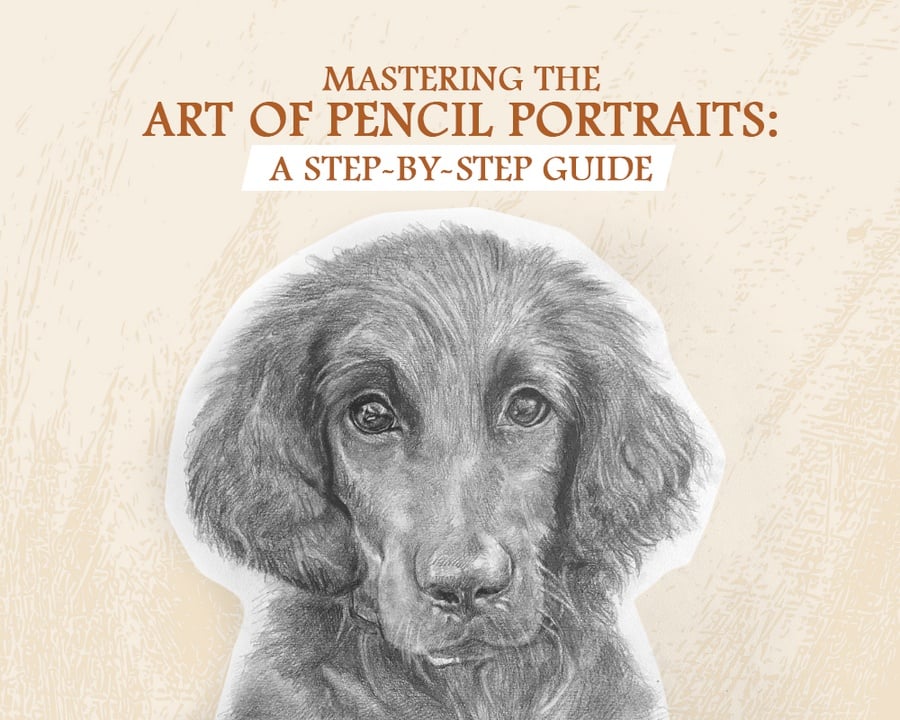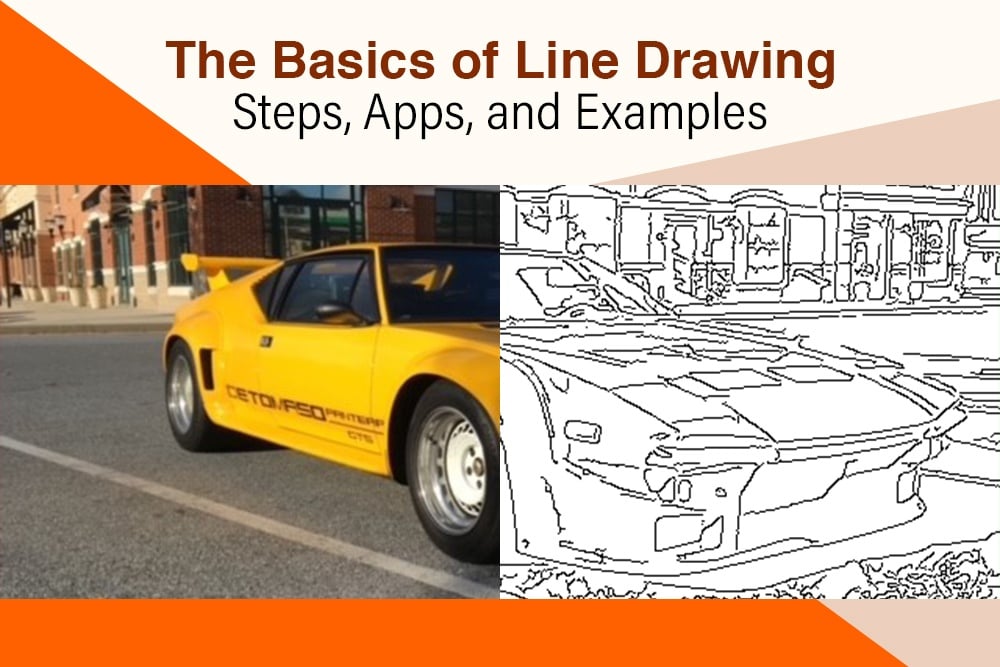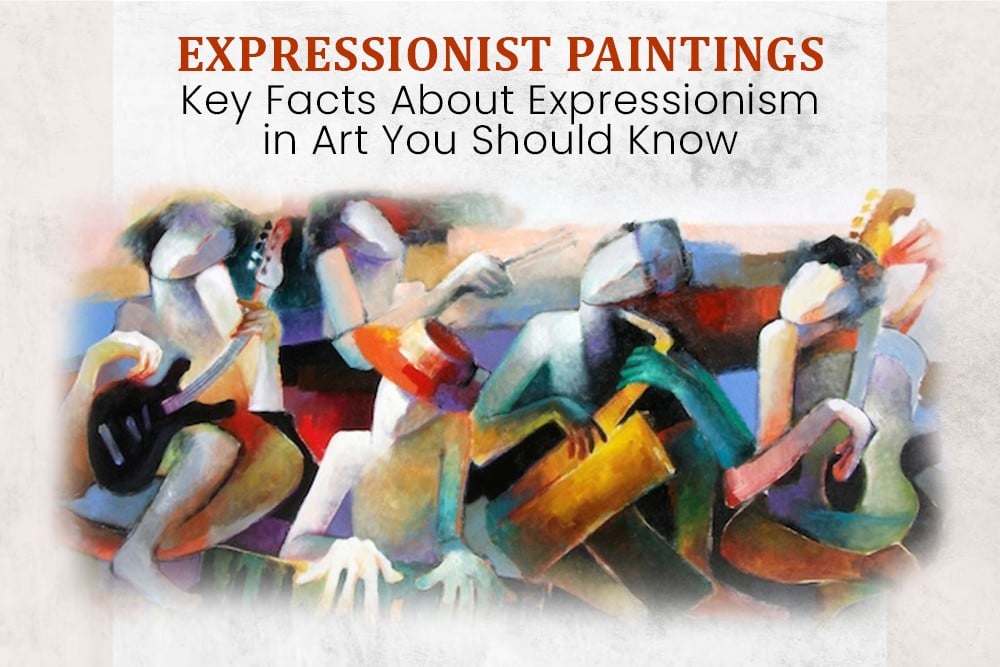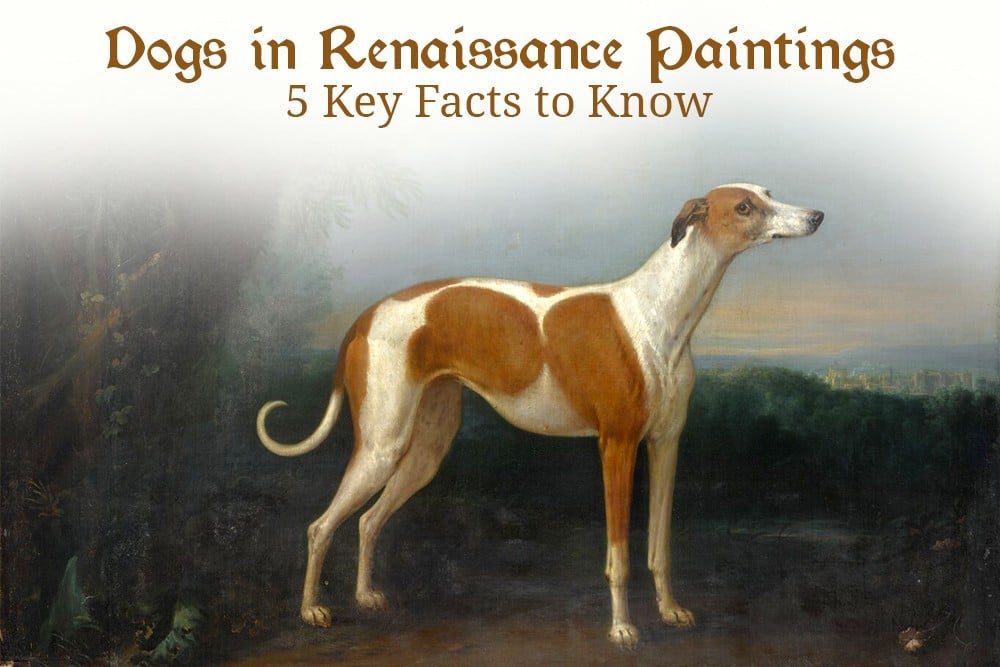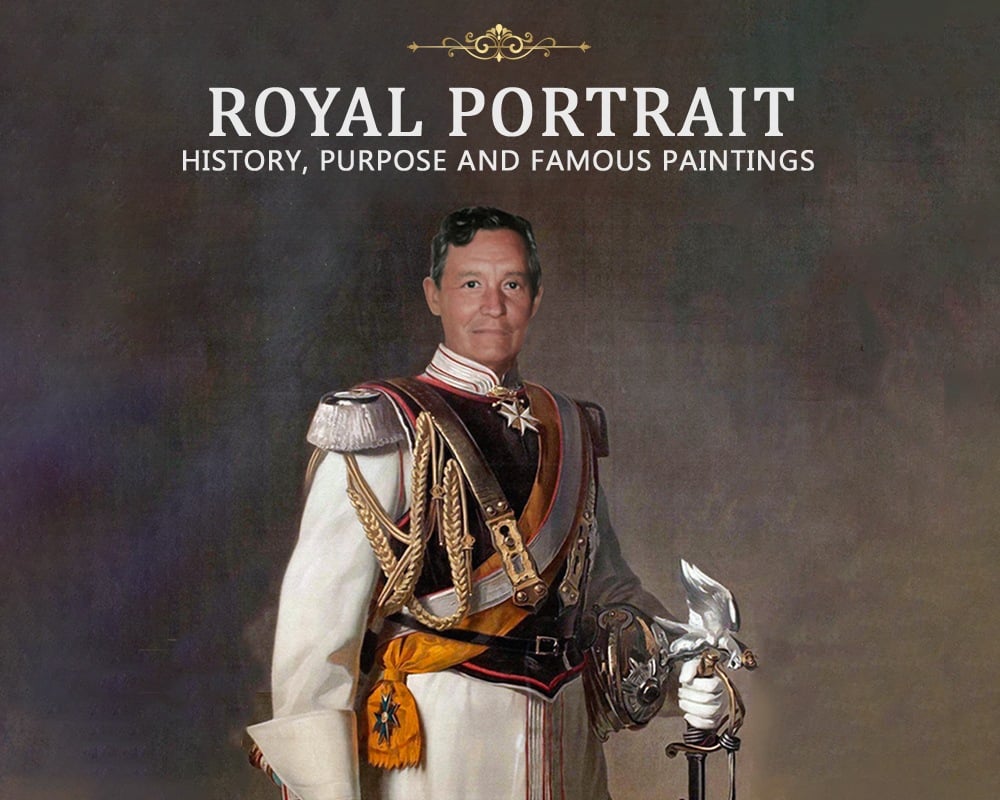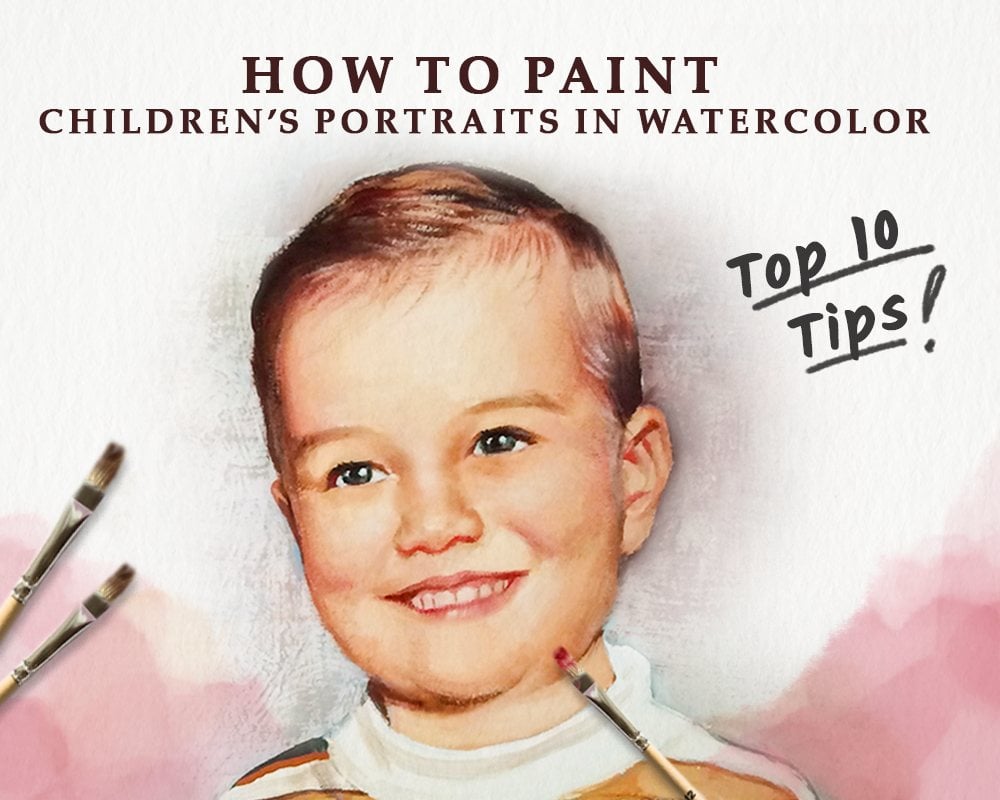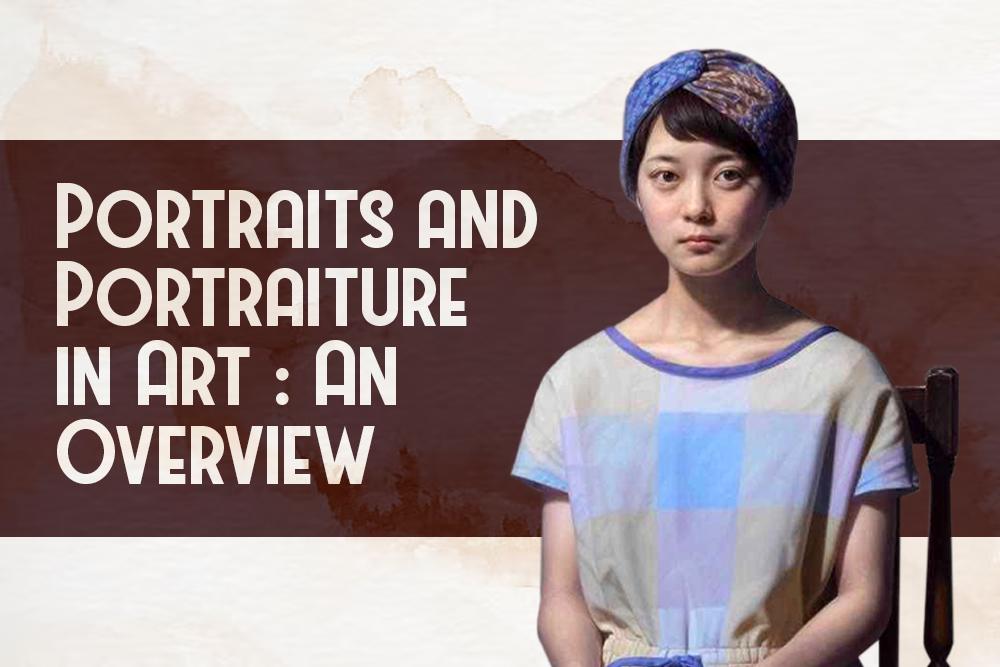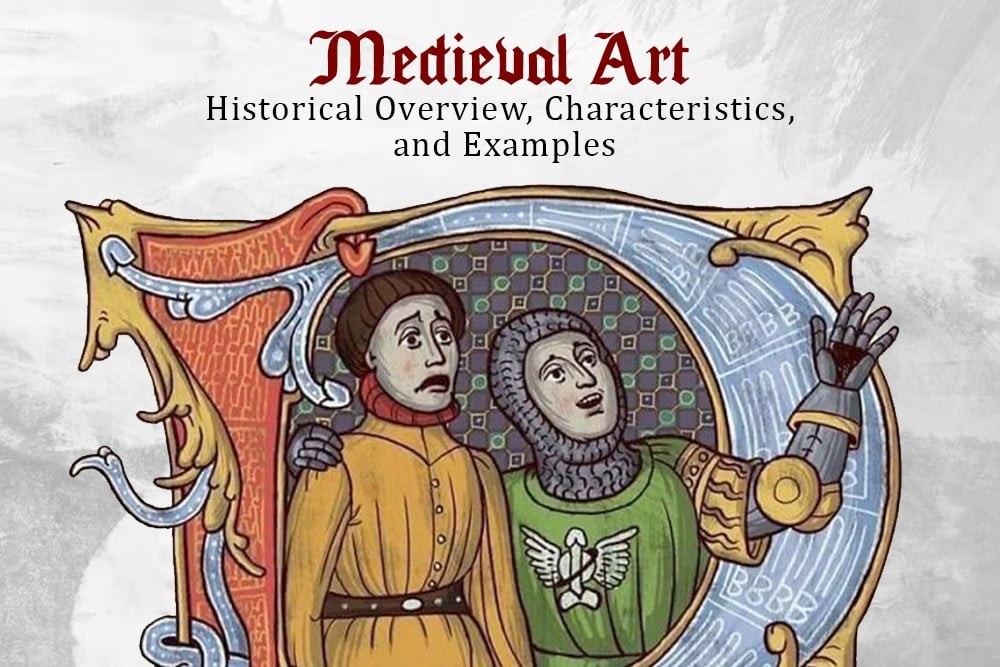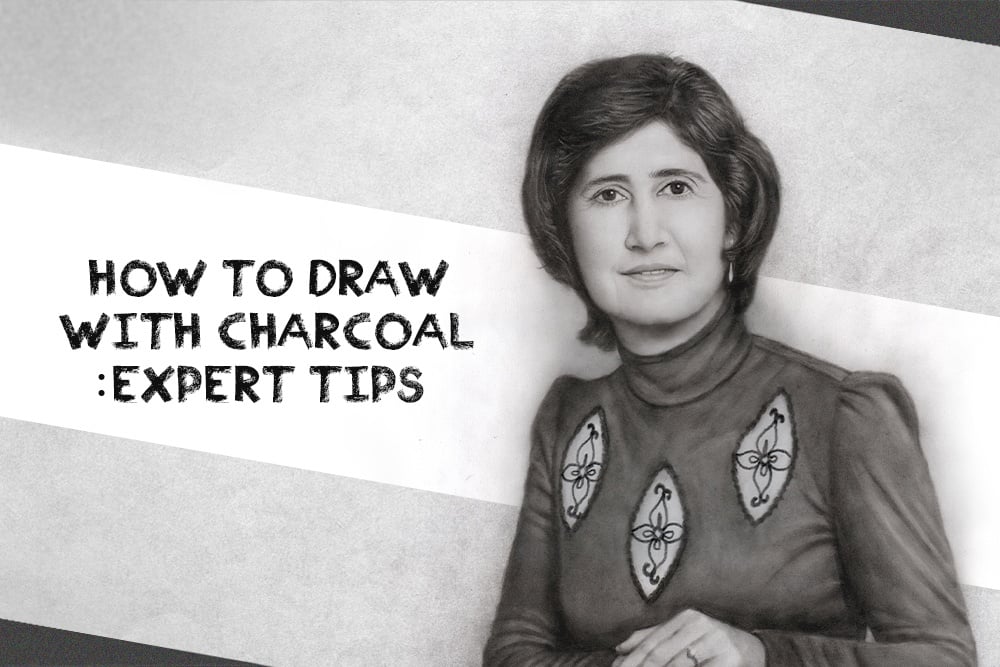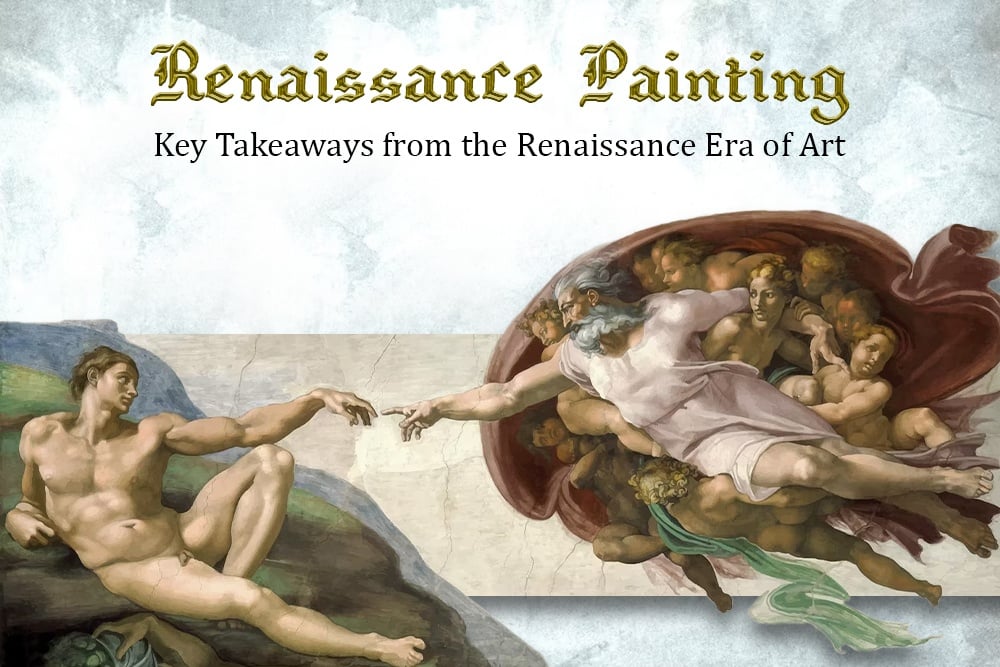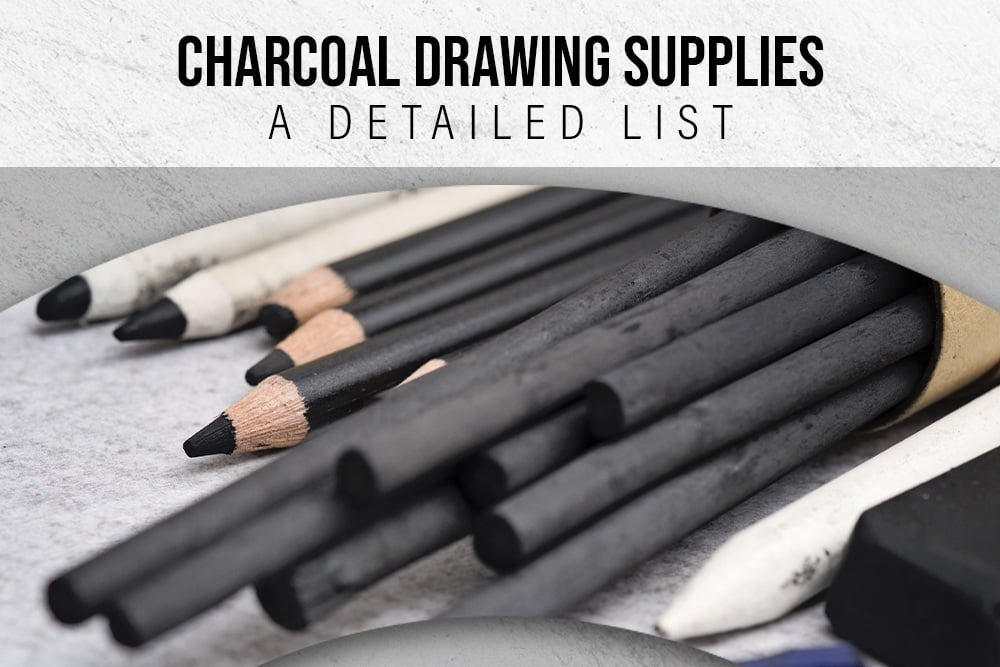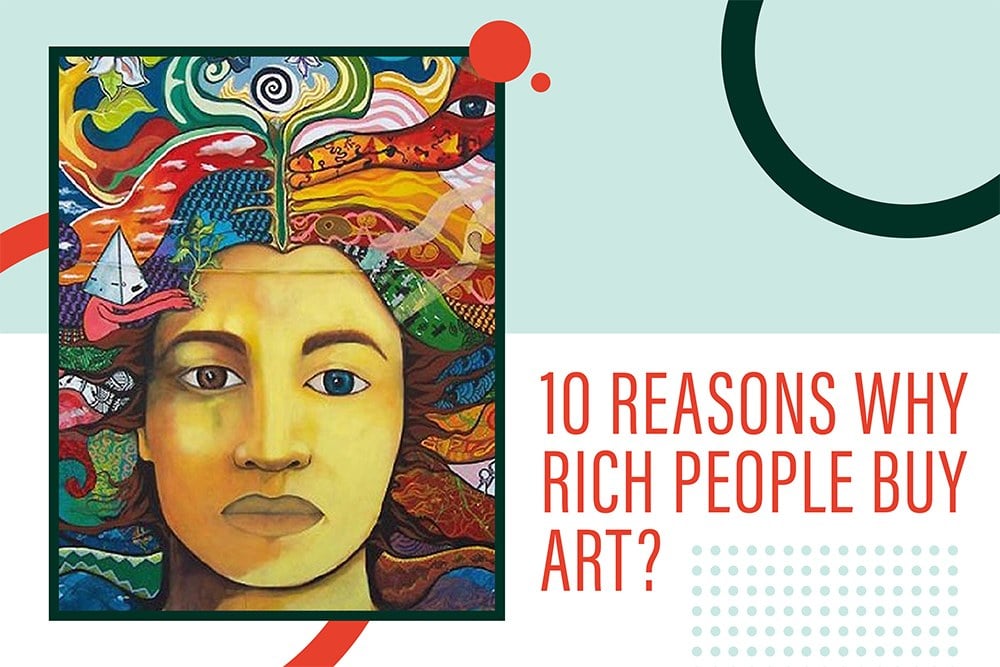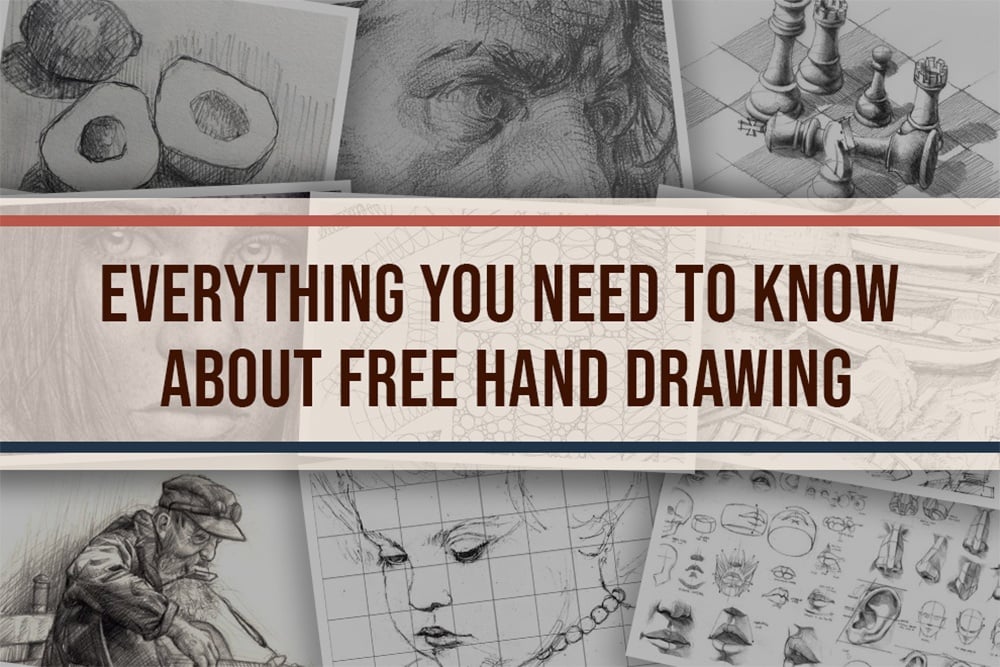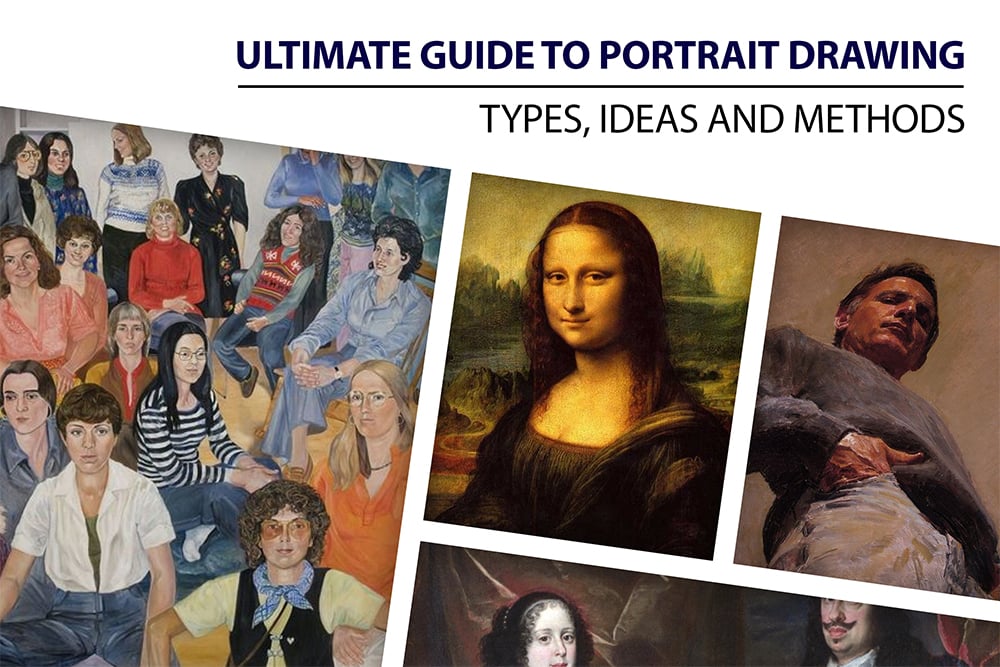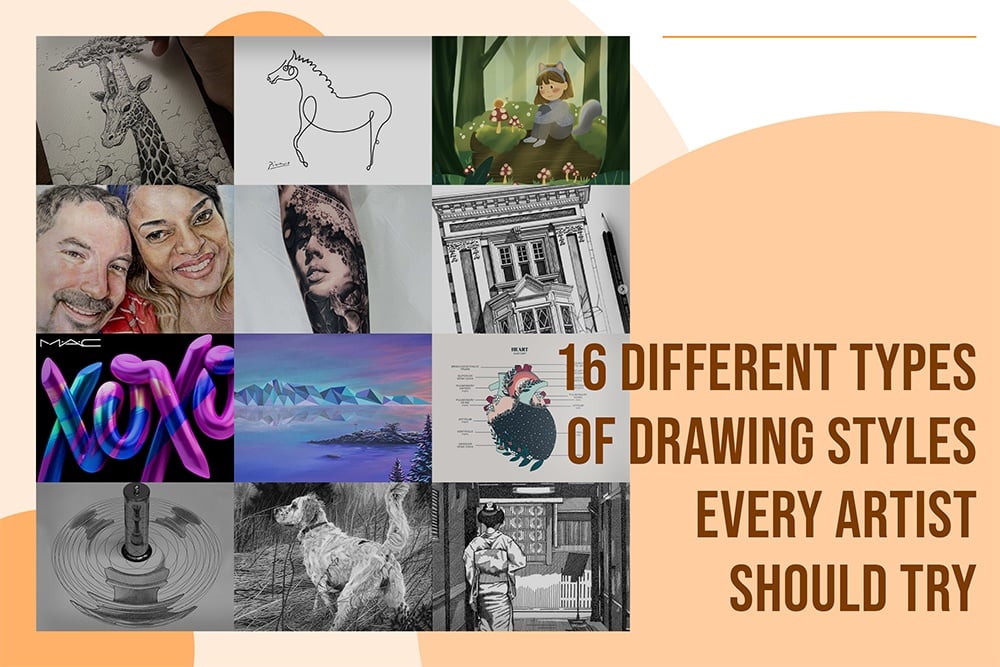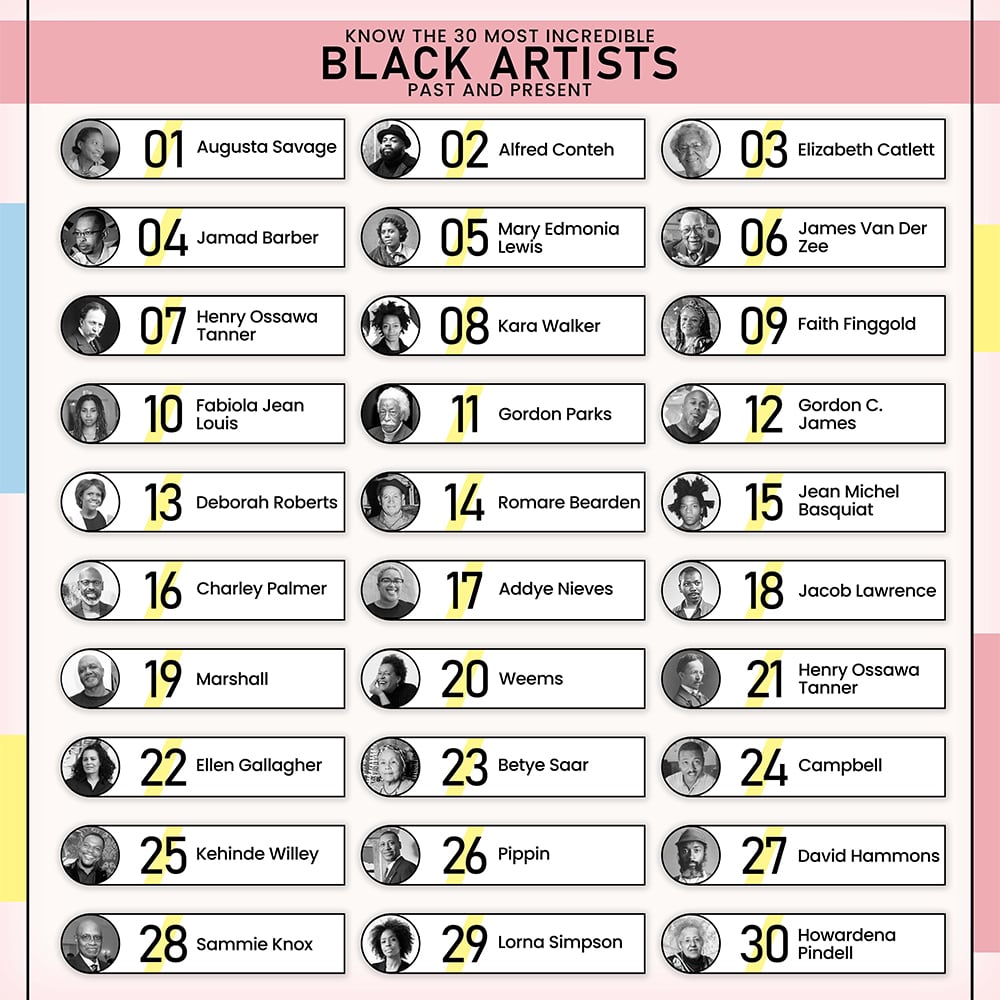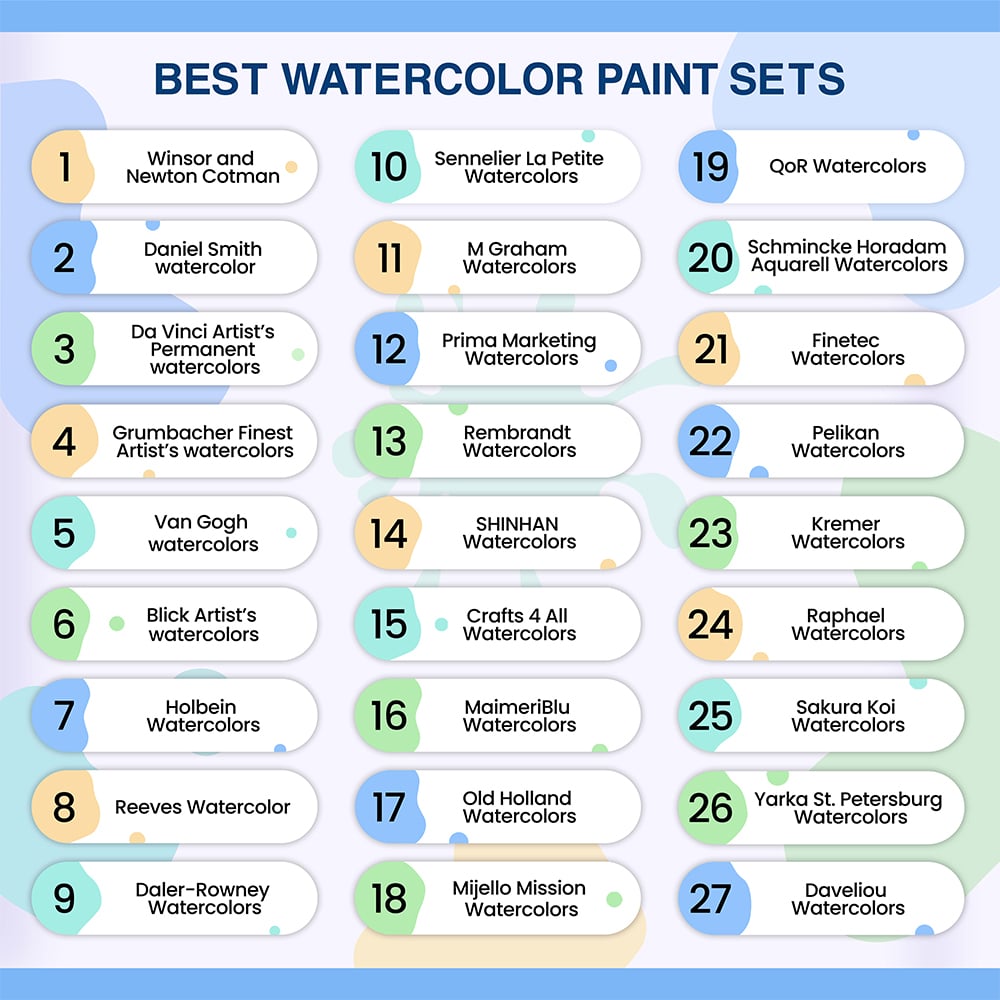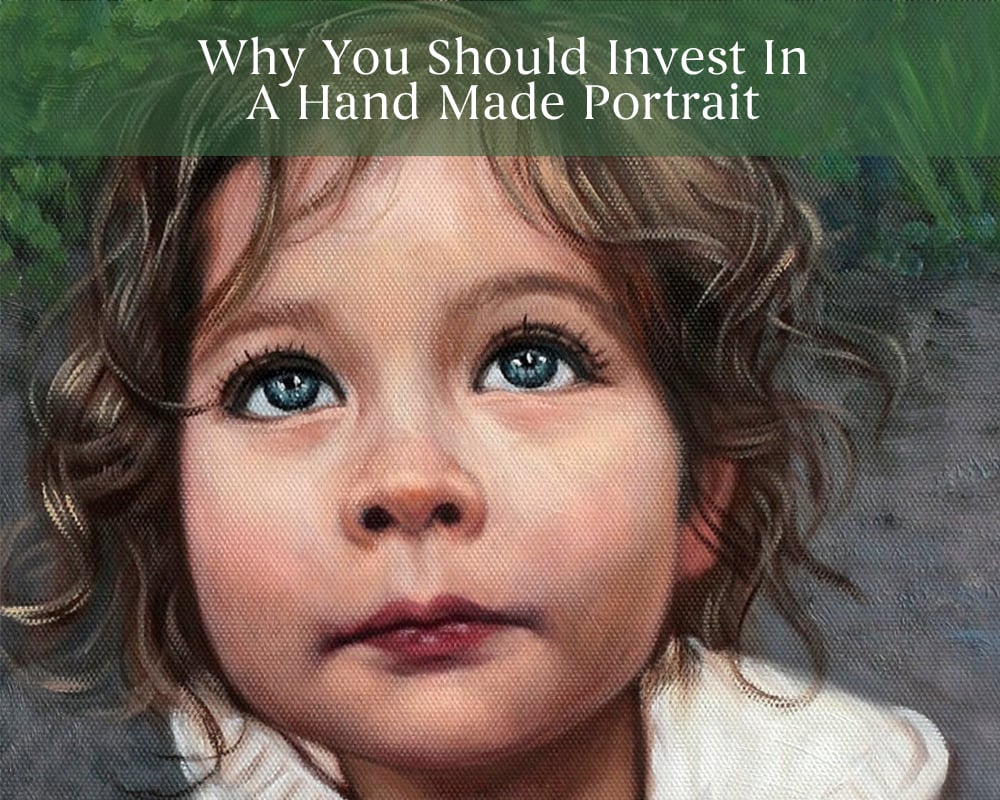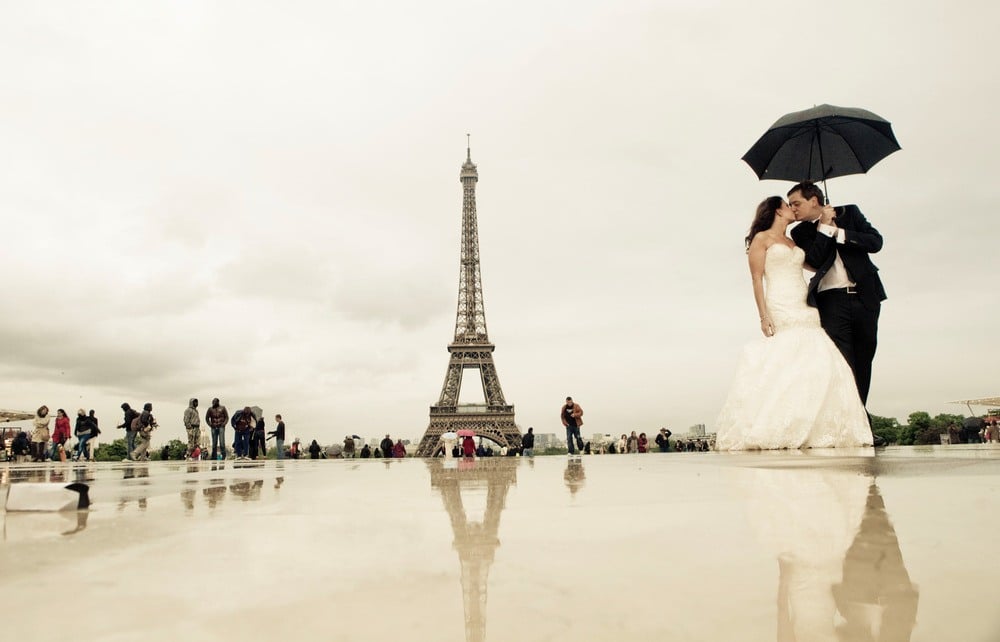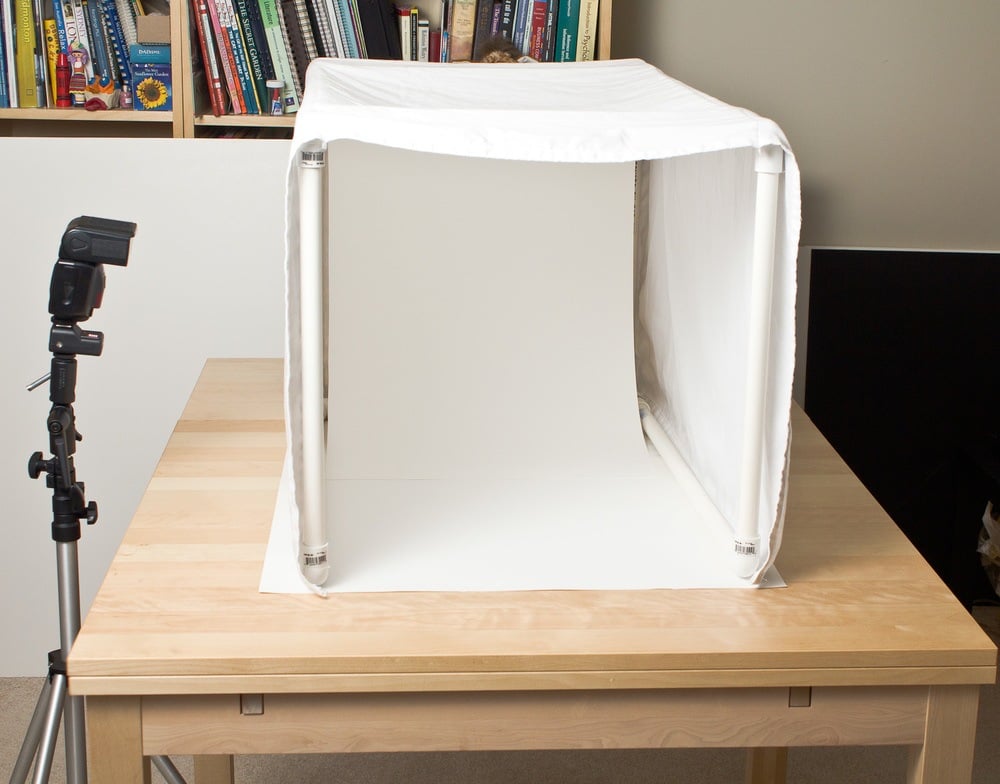
Table of Content
- 1. Historical Significance
- 2. Provenance
- 3. Intrinsic Value
- 4. The Enthusiasm of Auction Houses
- 5. The Backstory of an Artist
- 6. Social Status
- 7. Condition of the artwork
- 8. Other factors:
- Who buys the art? The Super Rich
- An artist can make his art valuable and make more money through the following ways:
Art, in any form, is essential in our day-to-day life and is a source of inspiration and recreation. Every sculpture, painting, or work of art reflects a hidden story or message, symbolizing a cause or an event. It is the combination of creativity, innovation, and imagination.
But have you ever wondered why one painting is worth millions of dollars while the other is valueless? Why do some artists earn lots of money while others struggle to find a place in the art world? How is an art piece valued, and what makes art valuable? If these questions cross your mind, you are on the right page.
This article will discuss what factors contribute to making paintings high-priced and what art value is. Read further to explore and learn more about what makes art valuable. No matter how enriching the painting is or how much people love art, what is the story behind its astronomical prices? What are the components that determine such expensive pricing? Is it originality, impressiveness, or quality?
Let’s look into the factors that make a painting valuable:
1. Historical Significance
The historical backdrop of a painting plays a significant role in deciding its value, as art mirrors political and historical changes. Art history is a huge determining factor as artists from the medieval, renaissance, and the modern era often tried to depict some critical event from world history.
Consider a painting made during the Renaissance and a painting created in the modern era. Which one would have a higher price? Indeed the one holding some historical significance. For Example, think of ‘Salvator Mundi,’ a high renaissance era painting by Leonardo Da Vinci. In 2017, at an auction hosted by Christie’s, the then-crown prince of Saudi Arabia bought it at $450 million.
A painting by Claude Monet, the father of impressionism & modern art, would be more valuable than any other work by a contemporary artist. For Example, Claude Monet’s ‘Meules’ made sales at a best-ever price of $110 million at Sotheby's auction house. It was not just the highest price paid for Monet’s artwork but also for any impressionist artwork. Therefore, historical significance is a huge determining factor that influences the value of art.

Credit: ArtNet News- Salvador Mundi by Da Vinci

Credit: The telegraph - Meules by Claude Monet
2. Provenance
Another important factor that determines the monetary worth of a painting is provenance. In simpler terms, artwork's provenance means who possessed the painting in the past, including the previous owners, art dealers, and auctions. Provenance derives from the French word ‘provenir,’ which means ‘to come from.’
An artwork’s provenance is critical while evaluating its value, as it provides a series of historical events based on the ownership of the art. A good provenance helps confirm the artist, date, and the art’s subject or cause, proving its authenticity. The quality of provenance makes a big difference in the selling price of the painting in the art market as it establishes the validity of the sources.
Historically, an artwork’s provenance gained importance during the post-war era when there was extensive robbery, and people claimed looted paintings as their own. In that era, there was high demand for professionals to prove an artwork’s documented history.
An example of provenance is a prominent art collector or celebrity owning a painting in the past, making the value of art typically worth millions. Another example is Mark Rothko’s ‘White Center,’ owned by America’s most influential family, the Rockefellers. It went from a value of less than $10,000 to a much higher price of $72 million at the Sotheby’s auction.

Credit: WordPress by White Center by Mark Rothko
One can test the authenticity of artwork’s provenance through the following steps:
a. Track the ownership history through the auction house's records.
b. Check the online database to verify specific details of art pieces.
c. Go through the catalog with the background regarding an artist’s creations, date, place, cause, or subject.
3. Intrinsic Value
The intrinsic value of art is immeasurable in numbers, and it is the emotional quotient. Artists invest time in their artwork to change society; money comes secondary. They have a mission to accomplish and a cause to fulfill.
Artists try to express a better idea of change through their paintings, drawings, and sculptures. This inherent value of an artwork is entirely subjective and depends upon the spectators who view them. Art's uniqueness, irreplaceability, and originality make it of high intrinsic value.
If any painting strikes a chord with the viewers and creates a sensation among them, it will automatically make the art more valuable. Classic masterpieces in the secondary market have a more significant impact on the audience, resulting in more money.
At the same time, new artwork in the primary market has to make a place among the people for higher prices. People expect a painting with beautiful women to sell more than artwork with male models. Furthermore, how one perceives the emotional value of a painting is also affected by factors like an individual’s ethnic background, beliefs, tastes, preferences, education, life experiences, etc.
4. The Enthusiasm of Auction Houses
According to an estimation, people spend around $60 to $70 billion on art sales in art galleries, art fairs, online events, and auctions. Auction houses are one of the best places to buy art.
The bidding competition in an auction house is an exciting and enthralling process. Wealthy businessmen make record-breaking sales and spend tens of millions on a single artwork. The people bidding inside an auction house are a huge determining factor of the value of paintings.


Credit: Sotheby's
The atmosphere inside Christie’s and Sotheby’s auction houses is thrilling as billionaires, and their advisors come to such auctions. Auctioneers are proficient salespersons who practice raising prices and pushing higher values. It’s their responsibility to ensure the highest bidder gets the painting, and they are skilled in increasing the stakes and scaling the costs.
Sometimes, the auction shows an intense bidding war and a competition between prominent art collectors. Winning in a large crowd is a social status for such rich people, resulting in them purchasing a painting worth millions.

Credit: ArtNet News

Credit: Christies.com
5. The Backstory of an Artist
The own stories of an artist play a crucial role in valuing an artwork. If an artist has an exciting backstory attached to his name, a tragic love story, an early death, or a struggling career, the audience is more attracted to it as they can empathize with the artist.
For example, eminent artists of the renaissance era, like Leonardo Da Vinci and Michaelangelo, were change-bringers and innovators. Their renowned art pieces like the ‘Mona Lisa,’ ‘The Last Supper,’ ‘Salvator Mundi,’ frescos on the ceiling of the Sistine Chapel, and many more are worth millions and billions of dollars.
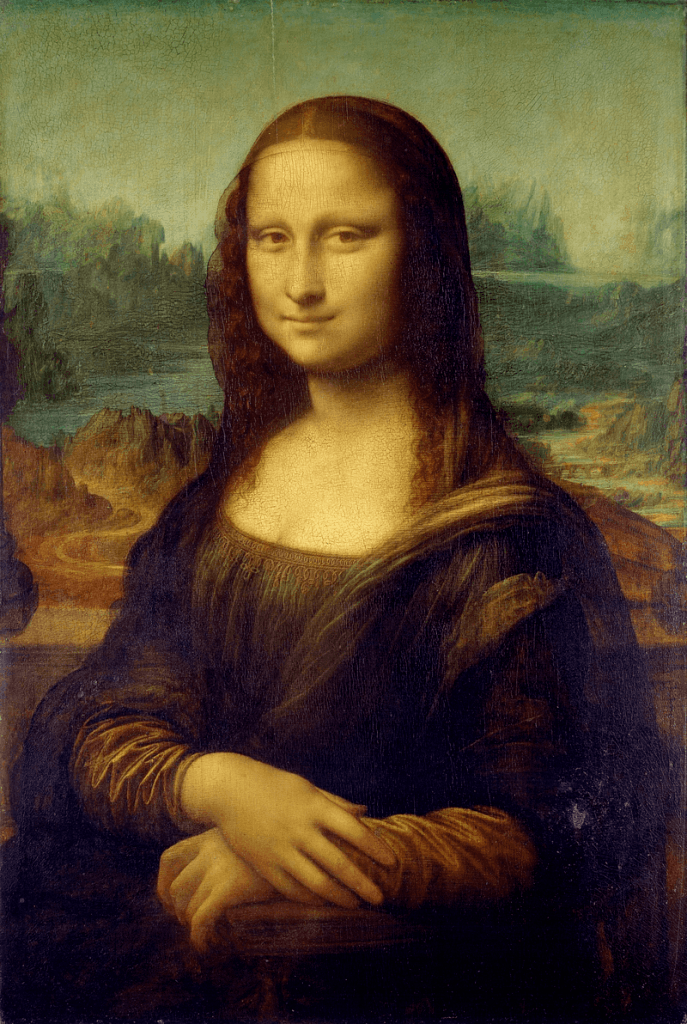
Credit: Wikipedia- The Monalisa by Da Vinci

Credit: Thought Co- Sistine Chapel Ceiling by Michelangelo
If an artist is famous and recognized, especially in the secondary market, their paintings will sell at much higher prices. If a budding artist has won many awards in various art fairs and competitions, their paintings have more value in the primary market.
Vincent Van Gogh’s ‘Self-Portrait with Bandaged Ear and Pipe’ is an example of a painting with high monetary worth and a tragic backstory. In 1888, when Van Gogh suffered from depression, he cut off the lower part of his left ear with a razor and gave it to a cleaner in the brothel. Because such stories affect the public, and they sympathize with them, his painting, ‘Self-Portrait with Bandaged Ear and Pipe,’ is worth $71.5 million today.

Credit: Wikipedia- Self Portrait with bandaged ear by Van Gogh
6. Social Status
An expensive painting is a status symbol for wealthy people. They believe high-priced art signifies status, social standing, personal taste, preferences, and sophistication.
Frequently visiting art events, galleries, public museums, and auctions and spending dollars worth millions on paintings is a part of their lifestyle. Possessing exclusive and valuable art is a matter of pride, making them the center of attraction. Valuable contemporary art also showcases their creative and intellectual side in society, and such aesthetically pleasing artwork allows them to brag about their wealth.

Credit: Interior Design Ideas

Credit: Wall Street Journal
7. Condition of the artwork
Along with the artwork’s provenance and historical significance, the state of any painting, sculpture, sketch, or handicraft plays a vital role in deciding its monetary worth. People have observed that, for an original painting, art collectors pay a hefty amount. They spend millions of dollars on unaltered and untouched paintings.
When we compare two art pieces, it is evident that people will buy a painting in a better condition. Sometimes, during transportation or because of mishandling, a painting can go through wear and tear. Dust and soot can also spoil the art, resulting in its decreased value. Therefore, while purchasing any art, a deep look at the artwork is essential to identify the damages, the scope for repair, and the restoration cost. One may also take the art expert's advice.
8. Other factors:
Apart from the mentioned factors, an art's medium, subject matter, and wall power are also huge determining factors. A painting on canvas works much better than one on paper, and paintings sell at a higher value than a sketch or drawing. The quality of the art mediums like oil, charcoal, fabric, watercolor, etc., also affects its monetary worth.
Who buys the art? The Super Rich
Buyers are the vital factor that makes art valuable. We have often seen rich people spending millions and billions of dollars on expensive art to take advantage of it.
Some of the reasons that add to the sales history of expensive paintings are:
1. Diversify their investment portfolio
Wealthy people invest in valuable paintings to get excellent returns in the future. According to statistics, over the last 50 years, people have gained 10x returns on their investments in art, and they do so to make more money.
2. Tax evasion
Rich people buy valuable art intending to avoid taxes. They purchase a painting for a particular value, increasing its resale value with sheer influence in the art circle. Then, they donate the artwork to charity and save their taxes.
3. To launder money
The art world has a vast history of laundering money transactions. Due to price flexibility and buyer anonymity, wealthy people buy valuable art, inflate its prices and then sell it at a higher price.
4. To hide money
Rich people anonymously carry out hefty transactions in the art world to conceal their tens of millions. Illegal transactions, bankruptcy, and economic pressure are some of the reasons they do so. These are also some significant ways wealthy businessmen increase the prices of paintings multifold times.

Credit: Art in Context
The subject is also what makes art valuable. Art enthusiasts will buy a beautiful bright landscape at a higher price than a dark, dull scenery. Likewise, an artwork with multiple prints and colors will sell at a lower price than a unique work with similar, specific designs and patterns.

Credit: Pinterest

Credit: Peakpx
Art interprets the artist’s thoughts and feelings. A painting showcasing a social issue or reflecting a cause will attract people, resulting in its increased value. A unique style of the artist, like contemporary art showing today’s complex, deep, and rapidly changing scenarios, will influence prices in the primary market.
Museum curators and collectors often use the term wall power, which means creating depth and depicting the three dimensions on paper. Respected galleries have artists’ artwork with high wall power that occupy and hold the visual space. Apart from them, an auction house's sales history, popularity, and familiarity also affect art's value. All these factors combined make art valuable.
Patterns of selling art have significantly changed with time. In ancient times, artists created paintings as a part of commissioned work. They did not have much freedom while working with art commissions and performed according to the king’s choices and financial status.
In today’s age, with many rising and living artists breaking records in auctions, this question often crosses an artist’s mind:
- How can I raise the worth of my work in the art world?
- How can I make atleast one painting known to the audience?
- How can I increase the wall power of my art pieces?
An artist can make his art valuable and make more money through the following ways:
1. Create your brand:
An artist can make his artwork worthwhile by creating brand value. Brand value tells how you are different from the thousands of other artists in the market and is a way to make yourself recognizable.
Making an excellent artistic brand requires creativity, patience, and proper skills. Creating your brand value is telling your story. People love to hear about a person’s successes and failures, empathize with them, and get inspired and motivated.
Artists should brief their spectators on the techniques and styles they use, the motive behind their creating paintings, and their principles, morals, and sources of inspiration. They should be able to convey their story meaningfully and effectively.
2. Sign your artwork:
What if an art lover comes across your painting online and cannot identify them? Millions of art pieces lay unsigned and unrecognized across the art market. Therefore, to give your artwork a unique identification, it is important to sign your art. Your signature should be similar across all your paintings, whether legible or not. Your fans will entitle you to your work of art just by your sign.

Credit: Draw and paint for fun
3. Title your art:
Whether it is a book, a movie, or a song, every work of art has its title. Similarly, each painting of yours should have a unique title. People acknowledge your artwork when it has a unique name and a story behind it.
A subtitle explaining what the painting represents and symbolizes is equally essential, along with the title. This one or two-sentence subtitle will help viewers understand the message you want to convey through your paintings. It will give the art collectors some material to talk about your artwork and promote it through word-of-mouth among their friends.
4. Document your art:
Proper numbering and documentation of your artwork are vital to maintaining records. Documented history includes titles, dates, descriptions, images, sale prices, buyer’s names, mediums, techniques, and styles, giving your artwork a concrete and accurate base to rely on. It is also beneficial for the authentic artwork’s provenance. By doing this, one can keep a proper record of his work during their career, not just for present times but also for future generations.

Credit: Eric Doeringer
These steps boost the artwork’s worth and make it valuable.
Conclusion
Art is the backbone of society. Art makes our lives meaningful by helping us understand our and others' emotions.Art history has witnessed some unparalleled achievements and record-breaking auctions. Whether for passion, out of love, or for a cleverly transacted business deal, art collectors worldwide spend tens of millions on art annually and will continue doing so.

